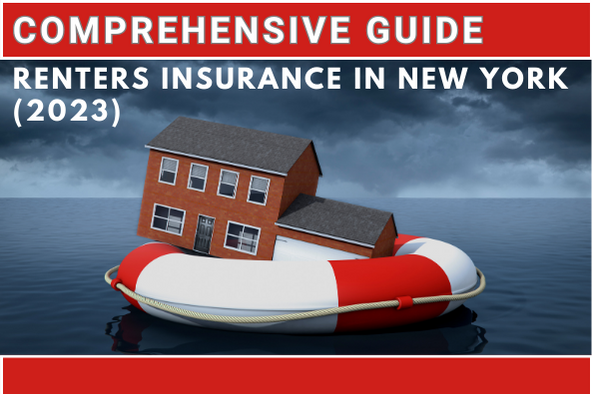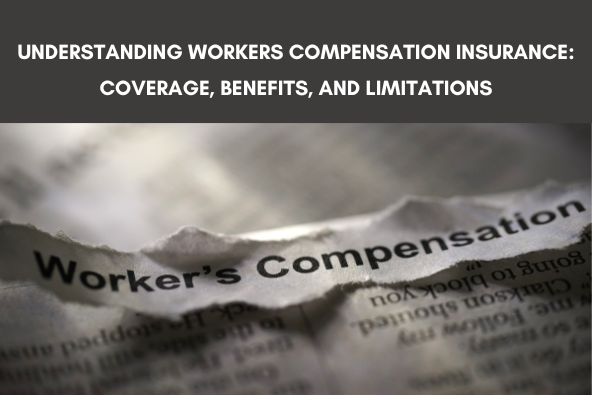Comprehensive Guide to Renters Insurance in New York (2023)
Hello everyone! Today we are going to talk about renters insurance and how it can help protect your personal belongings when you are renting a property. Homeowners often carry homeowner insurance to protect their property and any injury incurred by visitors, but what about renters? Renter’s insurance is similar to homeowner’s insurance, but it is for people who rent or lease property such as houses or apartments. The average renter’s belongings are worth around $20,000, according to the insurance company USA.
To obtain and maintain a renter’s insurance policy, you should take inventory of your possessions and keep an updated spreadsheet of each item. Renter’s insurance tends to cover loss or damage to items in the home related to fire, theft, vandalism, plumbing, and electrical malfunctions. There are two ways in which renters insurance covers losses: actual cash value, which pays what the property was worth at the time of damage, and replacement cost, which pays the full cost of replacing the item with new ones.
Renter’s insurance is a form of property insurance that covers losses to personal property and protects the insured from liability claims. Liability coverage protects you up to a certain amount in the event that you get sued for an injury or other damage incurred at your home by other people. It also pays for damage that you, your family, or your pets cause to others. The policy limit usually starts at $100,000 and can go up to $300,000 for coverage higher than that; you need to buy an umbrella policy.
Renter’s insurance has three basic coverage components: personal property, liability, and additional living expenses. Personal property coverage is for the content of your related dwelling, and typical named perils include fire, theft, vandalism, plumbing, and electrical malfunctions. Flood and earthquake, however, are not covered and require separate insurance policies. Additional living expenses coverage means that if your unit becomes uninhabitable due to one of the covered perils, you will be provided with some money to pay for temporary housing, hotel bills, restaurant meals, temporary rentals, and other expenses incurred while your dwelling is being rehabbed.
You should be aware that there are many things that most policies do not automatically cover, such as backup of sewage into your residence, earthquake, flood, and other acts of God. These things can be covered for an additional premium if you feel they pose significant risk. Also, if you have any unusual, expensive, or valuable items such as high-end electronic equipment, fine jewelry, musical instruments, or an important collection of art and antiquities, you may need to purchase floater insurance in the form of a rider to cover these items. In addition, a separate rider might be needed to cover wind damage in certain areas from hurricanes. Renter’s insurance policies also do not cover losses caused by the tenant-owned negligence or intentional act.

When you apply for renter’s insurance, it’s a good idea to photograph or digitally video everything you own. For expensive items, make sure to write down any serial numbers that could help verify your claim. You can even take a step further and enter the items into a spreadsheet along with the estimate of each item’s value. Although these steps take some extra effort, you should do them for two reasons. One, you probably think that the total value of items you own is less than it actually is, which puts you at risk of underinsuring yourself. When you make yourself sit down and assess the actual value of each item you own individually, you will get a more accurate picture of what your belongings are worth. Secondly, your documentation will be indispensable if you ever need to file a claim because you will be better able to prove the value of your positions. Make sure to keep copies of your inventory outside of your residence
there’s no reason not to apply to all them to see which one can offer the best combination of low rate and solid coverage some companies may allow you to complete an entire process online other may want to speak to you on the phone and send you some paperwork to fill out in most situation it shouldn’t be necessary to meet with the representative in person fine-tune your policy the application will be relatively simple to complete the only question that might trip you up are related to the type of construction
of your dwelling the year it was built and the type of rope material used for some properties you can actually find the information on zlo.com if not you can get it from your landlord the two type of coverage available to renters are actual cash value and replacement cost actual cash value coverage pays what the property was owed at the time damage or loss occurred and is the least expensive type of renter’s insurance available replacement cost pays the full amount of replacing the amount or property with new ones
and is about 10 percent more expensive than actual cash value coverage unless you are the tightest of budget it’s wiser to opt for replacement cost coverage it ensures that if say your catch is destroyed in fire you will receive the full one thousand dollar you will need to buy as spanx model instead of the couple of hundred dollars that your old sofa has owed due to depreciation while the place replacement cost coverage trends to be slightly more expensive the difference in premium is usually negligible when weighted against
the huge increase in coverage you get at the point you will also want to decide which deductible best fit your financial situation as with all type of insurance the lower your deductible the higher the premiums because with the low deductible and the insurance company will need to cover more money in the event of claim deductible can range from 500 as uh to as much as two thousand dollar if you raise it from five the five hundred dollar to one hundred or one thousand dollar you could get as much as a 25 percent
deduction in your premium consider how much you can afford to spend to replace your belongings in the event of major loss then ensure yourself for the difference your deductible can be low to the to start and you can always increase it later as needed crease it later as needed





